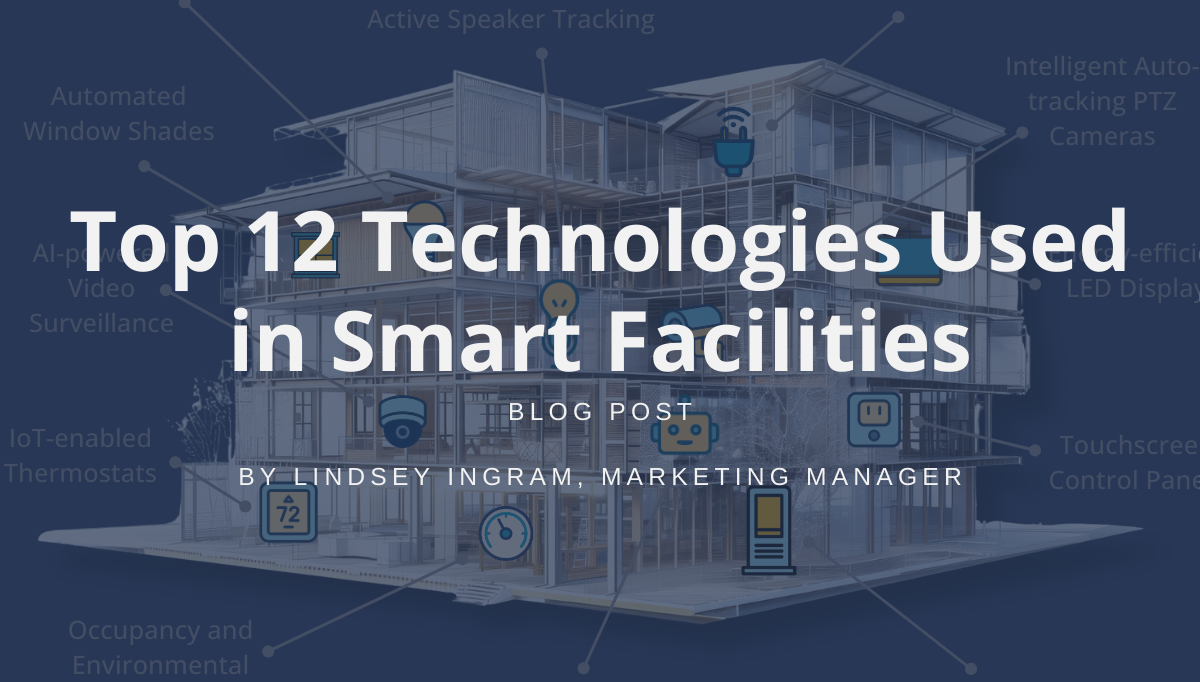The esports community continues to grow; in recent years, participation in esports tournaments has grown from hundreds to hundreds of thousands, and the sport is being deliberated by the Olympic consideration.
With the esports community now over 300 million people, setting up an arena for an event is even more important than ever. To give participants and spectators the best possible experience, there needs to be certain elements within the arena:
- Interaction. It goes without saying that the players need smooth, intuitive interaction with the gaming system. But in the esports world, it goes further than that. Throughout the arena, you’ll find interactive content displays that allow spectators to play parts of games, immerse themselves in displays for photo-ops and in-game experiences, and so much more.
- Life-like displays. esports is captivating to watch as a spectator because you get a look at what’s happening through the players’ eyes. To pull that off successfully, there needs to be large displays with ultra-high resolution to make it feel life-like.
- Advanced technology. Top-line technology not only improves the aesthetics of an esports arena, it’s vital to its function. Let’s get more into what the technology setup for an esports arena looks like.
The technology needed for an ideal esports experience
The technology needed to support a successful esports event is highly complex. There are multiple intricate systems running simultaneously — everything needs to be in sync, wired properly, and functioning at full capacity.
While the technological demand created by an esports event seems limitless, here are the main needs:
Video and audio system. esports could not exist without audio and visual equipment like video walls, projectors, video displays, surround sound speakers, and so much more. That way, both the players in the game and the spectators relying on video streams can have a lifelike experience. It also enables multi-player experiences regardless of physical proximity.
Interoperability within systems. It’s not enough to have a great video setup, a great audio setup, and a great augmented reality setup. These systems need to be able to integrate seamlessly with one another. This is necessary for real time game updates for players and fans — if there isn’t a streamlined way to share a large amount of information at once, the system is at risk to crash.
Virtual and augmented reality. What makes the esports experience unique is that you are not just playing a game or watching a game unfold, you are able to immerse yourself as if you were a game character. Today’s virtual and augmented reality technology goes beyond 360-degree videos and special effects to make each participant truly part of the experience.
The future of esports
The future is bright for esports. As the technology associated with esports becomes more accessible, the community can grow exponentially. For example, with VR headsets becoming more available to the general population, instead of watching a game on Twitch on a screen, viewers can watch via VR headset and feel like they’re part of a live audience or even part of the game map.
While there’s no way of knowing what additional technology will arise and take esports to the next level, we do know that the technological advances made so far have allowed esports to thrive.





